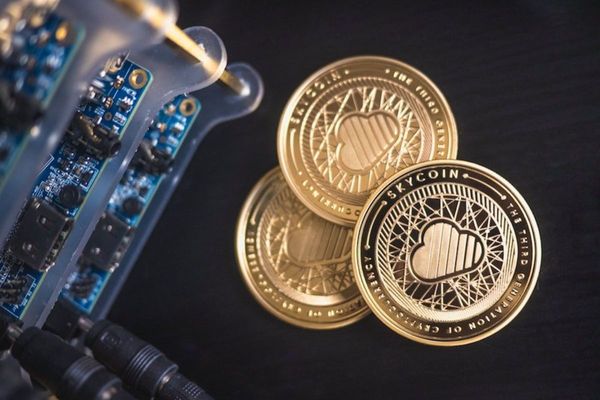The number of adults in the UAE with a neobank account grew to 19 per cent this year, up from 17 per cent in 2021
Neobanking adoption is set to grow in the UAE with more than one-third of residents having a digital bank account in 2023, says a new study.
The number of adults in the UAE with a neobank account grew to 19 per cent this year, up from 17 per cent in 2021. While an additional 15 per cent plan to open a neobank account within 12 months, taking adoption to a forecasted 34 per cent in 2023, according to an online survey of 1,015 internet users released by finder.com, the UK-based comparison platform.
Currently, there are a number of digital banks operating in the UAE with some of them launched by traditional lenders. These include Mashreq Neo by Mashreqbank, Liv by Emirates NBD, Yap by RAK Bank, Amwali by Abu Dhabi Islamic Bank and digital banks Al Maryah Community Bank and Zand among others.
Elizabeth Barry, global fintech editor, Finder, said that two in five adults could have a neobank account by 2027.
“In addition to the 15 per cent who plan to open an account within a year, a further 7 per cent of adults in the UAE said they were planning to open an account by 2027. This means 41 per cent could have a neobank account within five years. Men are currently driving neobank adoption in the UAE and we expect that trend to continue. 21 per cent of men said they currently have a neobank account compared to 12 per cent of women,”
said Barry.
Neobanks are also most popular with younger adults. Nearly a third – 31 per cent of those aged 18-24 said they have a neobank account – the most of any age group.
Finder’s report revealed the UAE has similar neobank adoption levels to Hong Kong (20 per cent), Singapore (21 per cent), Spain and Mexico (17 per cent each).
Of the 14 countries included in the study, Brazil has the most neobankers (43 per cent), followed by India (26 per cent) and Ireland (22 per cent).
Similarly, Mastercard’s latest New Payments Index 2022 has revealed that 88 per cent of people in the UAE have used at least one emerging payment method in the last year. Of these, 39 per cent used a tappable smartphone mobile wallet, 29 per cent used BNPL, 20 per cent used cryptocurrency and 18 per cent used a payment-enabled wearable tech device. Consumers are also making purchases in increasingly diverse ways, including through voice assistants and social media apps.
News Source: Khaleej Times









